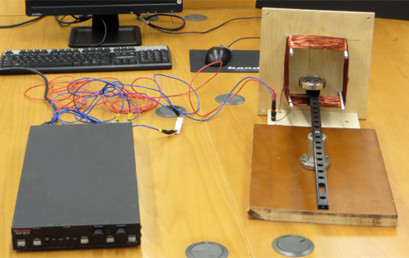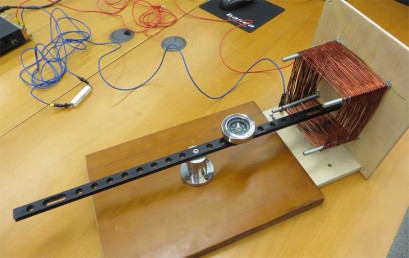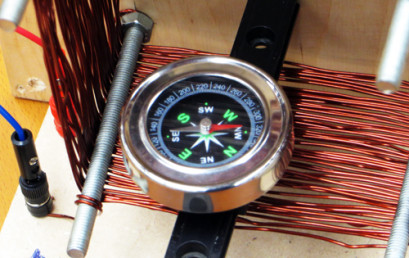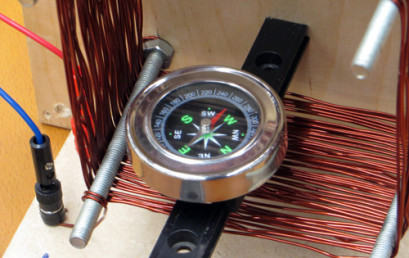Ørsted’s law, or Oersted’s Law states that when a steady electric current passes through a wire it creates a magnetic field around it. This was discovered in 1820 by a Danish physicist Hans Christian Ørsted (1777-1851), when he noticed that the needle of a compass next to a wire carrying current turned so that the needle was perpendicular to the wire. Ørsted investigated and found the mathematical law which governs how strong the field was, which is now called Ørsted’s Law. Ørsted’s discovery was the first connection found between electricity and magnetism, and the first of two laws that link the two; the other is Faraday’s law of induction. These two laws became part of the equations that govern electromagnetism, Maxwell’s equations.
Ørsted found that, for a straight wire carrying a steady (DC) current:
- The magnetic field lines encircle the current-carrying wire
- The magnetic field lines lie in a plane perpendicular to the wire
- If the direction of the current is reversed, the direction of the magnetic field reverses.
- The strength of the field is directly proportional to the magnitude of the current.
- The strength of the field at any point is inversely proportional to the distance of the point from the wire.







